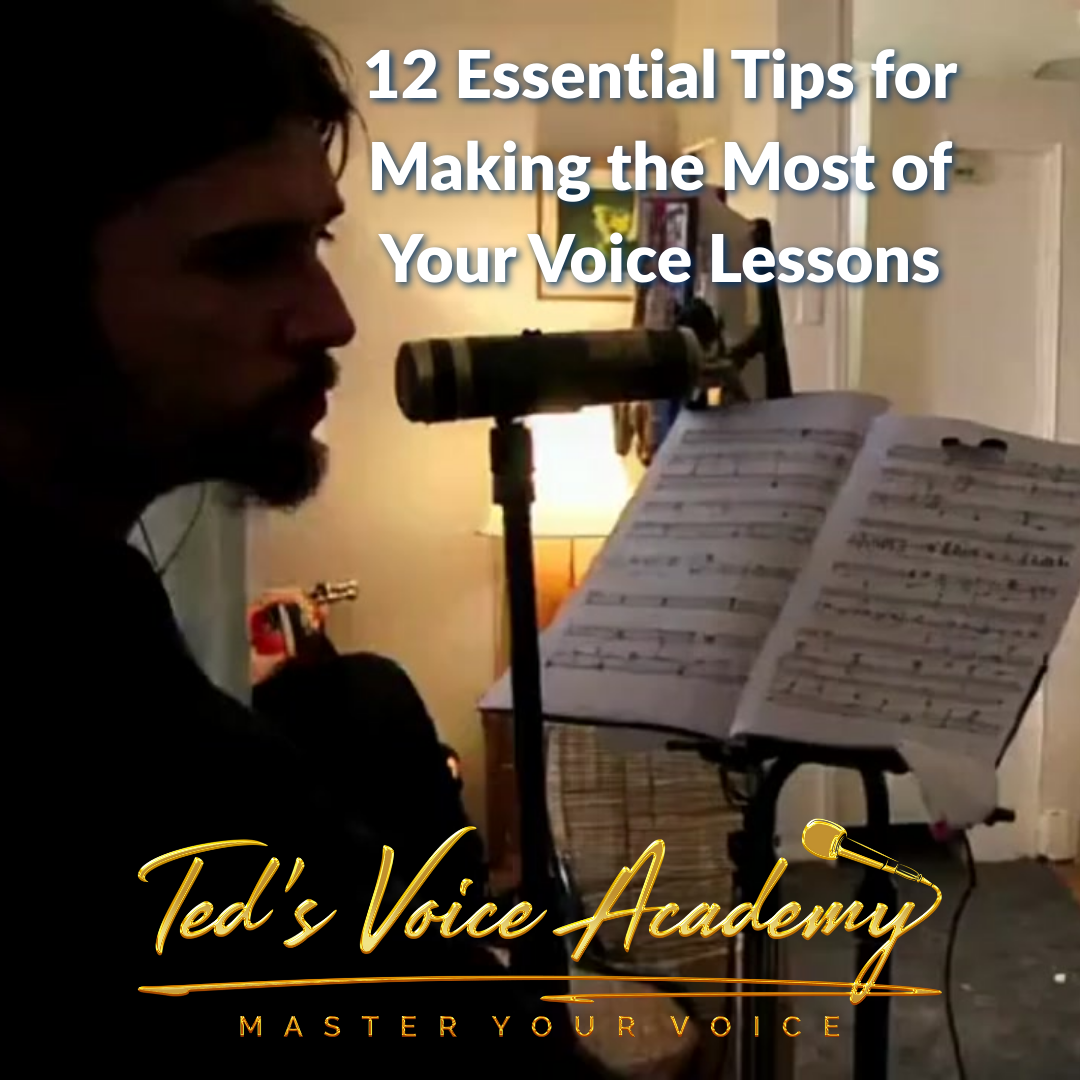Mastering the Art of Singing: A Guide to Classical, Musical Theater, and Contemporary Vocal Styles
When progressing along your journey to master the art of singing, choosing the right genre can be as important as developing your technique. Different vocal styles—Classical, Musical Theater, and Contemporary (such as Pop, Rock, and Country)—demand specific skills and approaches. Understanding these differences is crucial for both aspiring and seasoned singers. Let’s delve into the pedagogical and physiological aspects of each style and learn how to maintain vocal health.
As a vocal coach, I guide a healthy approach to each of these genres. It is important for singers to fully understand the various aspects of any style they choose to explore, in ways that help them develop and maintain a healthy voice for a lifetime! Damage can be done in any style, but understanding the style and its potential pitfalls are vital. Getting guidance from a coach that excels in such understanding can make the difference between damaging the instrument (possibly even permanently) and vocal longevity.
1. Classical Singing
Pedagogical Approach:
Classical singing emphasizes breath control, vocal resonance, and smooth vocal lines. It typically involves the use of “head voice” or “legit” singing to achieve a clear, vibrant tone that carries over an orchestra without amplification. Training often includes learning various languages and understanding the nuances of different classical/operatic styles and traditions.
Physiological Focus:
A singer needs to maintain a relaxed throat and open vocal tract to achieve the desired sound. Proper diaphragmatic breathing and control of breath support are paramount. This style relies heavily on maintaining proper posture and a steady breath flow to sustain long phrases.
Vocal Health Tips:
- Maintain good posture to avoid tension in the neck and shoulders.
- Support with the diaphragm (or more usefully…”the breath ring” from the low ribs down to the pelvis and around to the back – a full 360 degree circumference) to control breath flow and prevent strain on the vocal cords.
- Warm up thoroughly to prepare the vocal muscles for the demands of the style. Flexibility, technique development and developing the muscles and coordination for optimal singing.
Pitfalls to Watch Out For:
- Over-tightening the throat muscles can lead to strain and injury. Watch out for tension in the neck, jaw, tongue, face, and shoulders in particular!
- Neglecting breath support can result in vocal fatigue and tension. Gaining a full understanding of Breath Support is a vital skill that will take ongoing work to maintain, even after mastery.
2. Musical Theater Singing
Pedagogical Approach:
Musical theater singing requires a versatile approach. Performers must be adept at transitioning between chest voice, head voice, and mixed voice, often within a single song. The style incorporates both speech-like qualities and sustained belting, demanding a broad range and strong dynamic control.
Physiological Focus:
Musical theater singers often need to project their voices with clarity and emotion, engaging the core muscles to support powerful, sustained singing without amplification. The use of a strong, well-supported belt requires careful technique to prevent vocal damage.
Vocal Health Tips:
- Develop a balanced mix of head and chest voice to navigate different parts of your range.
- Use proper breath support to maintain control, especially when belting.
- Avoid excessive belting without guidance, as it can cause strain.
Pitfalls to Watch Out For:
- Belting without proper technique can lead to nodules and strain.
- Inconsistent breath support can cause breaks or cracks in the voice.
3. Pop/Rock/Country Singing
Pedagogical Approach:
These contemporary styles prioritize expressiveness and authenticity. Singers often use techniques like vocal fry, breathy tones, and dynamic variations. The focus is on stylistic elements such as phrasing, rhythmic delivery, and the emotional conveyance of lyrics. Typically, microphone technique and sound engineering aspects are integral to both live and recorded performance.
Physiological Focus:
Contemporary singing often involves using more speech-like qualities and less vibrato. Singers might employ techniques like vocal fry or falsetto, and require a high degree of vocal flexibility and control over dynamics.
Vocal Health Tips:
- Stay hydrated to maintain vocal cord flexibility.
- Use effects sparingly (like fry or breathiness) to prevent strain.
- Warm-up and cool down your voice to prepare for and recover from performance.
Pitfalls to Watch Out For:
- Overusing stylistic effects can lead to chronic vocal issues.
- Poor technique in high-energy singing can cause long-term damage.
While, as you can see, there are distinct aspects of each style that must be attended to. That said, there are certainly overlapping concepts! Just don’t let anyone tell you that one style is inherently healthy or harmful. And while great technique is, in fact, found in all those styles of singing, poor skill can be harmful and damaging in any style as well!
The Importance of a Skilled Vocal Coach
No matter your preferred style, working with an experienced vocal coach is invaluable. A great coach will help you build a solid foundation of technique, adapt to the nuances of your chosen genre, and ensure you sing in a healthy and sustainable way. They provide personalized feedback, correct bad habits, and guide you toward achieving your full vocal potential while protecting your voice from injury.
Investing in a good vocal coach is investing in your voice’s future. Whether you’re dreaming of the opera stage, Broadway lights, or the top of the pop charts, remember that your voice is your instrument—take care of it wisely!






Leave a Reply